- Get link
- X
- Other Apps
For example if you needed to run new wiring open cell spray foam is going to be much easier to work with because it is so pliable. Closed-cell foam is roughly four times as dense as open-cell for insulation applications.
 1 Different Foam Types A Closed Cell B Open Cell Download Scientific Diagram
1 Different Foam Types A Closed Cell B Open Cell Download Scientific Diagram
As these cells are sealed together they prevent air and moisture from intruding in the insulation.
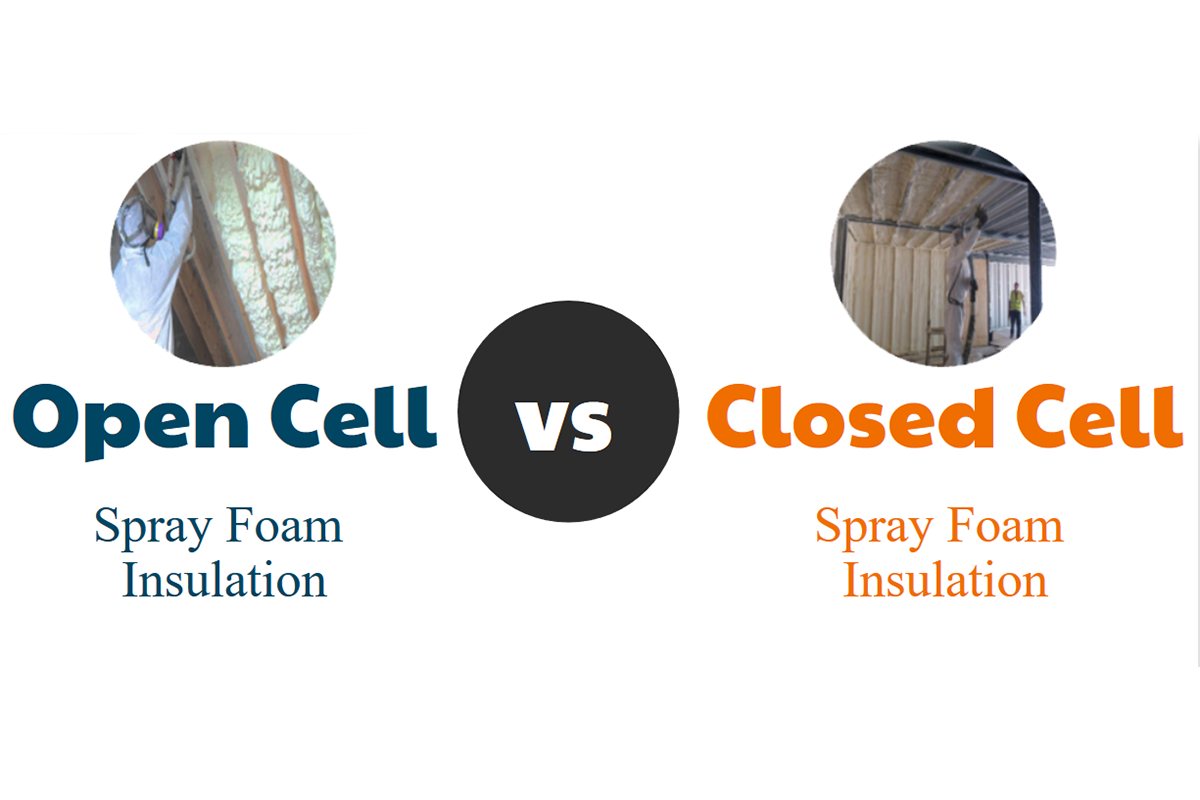
Open cell vs.closed cell foam. Is lightweight and pliable. Open cell foam can also be manufactured at both high and low densities. On the other hand closed cell foam is a great option for getting.
It just has a lesser R-value. In density whereas closed-cell ranges from 17 to 30 lbcu. It is less durable than closed cell options however.
With less resistance to compression the. Soft and breathable open cell foam is generally more flexible and can more easily conform to sealing applications than closed cell foam. Open-cell will expand as soon.
Ultimately this is why closed cell foams are stronger and denser allowing them to carry heavier loads. Here are a few fast facts about each. Closed cell foam has cells which are sealed off so air doesnt get inside the structure at all.
Ft of foam material is weighed. However in this post we focus on open cell Polyurethane foam materials. Looks rougher less smooth than Closed Cell Foam because of quick expansion rate.
The fact is actually that Polyurethane foam comes in two forms- open cell or closed cell structure both of which differ in densities and respective applications. It is less durable than closed cell options however. Open-cell tends to be roughly 05 lbcu.
However closed cell will give your home more sustainable insulation. Depending on the amount of use it gets open-cell foam wont last as long as closed-cell foam. The expansion rate of open cell spray foam is a great reason to have it in your attic.
Open cell foam is typically R-35-R-40 per inch as opposed to R-60-R-70 aged for closed cell foam. After comparing the two types of spray foam insulations youd probably now want to know which is best for you and your homeproperty. The main difference between the different types of foam is that open-cell foam is softer and has more spring while closed-cell foam is firmer.
At the end of the day open cell spray foam insulation is an affordable option opposed to closed cell. The other major difference between open cell and closed cell foam insulation is the density of the in-place foam. Besides Polyurethane foam can also be provided in open cell structure.
The major difference between the two foam options is that closed cell foam tends to be harder or firmer while open cell foam. Open-cell tends to be roughly 05 lbcu. Closed-cell foam is roughly four times as dense as open-cell for insulation applications.
In most cases cell foam has a density of about5 pounds per cubic foot while closed cell foam can have a density of over three times that of open cell foam. Open cell foams typically weigh about 05 lbs per cubic foot while closed cell foams are about 3 lbs per cubic foot. To ascertain foam density one cubic foot cu.
Provides R-35 per inch. Open cell foam lends itself to applications where space is not limited like in an attic. Open cell foam can also be manufactured at both high and low densities.
Ft of foam material is weighed. Moisture CAN permeate Open-Cell Foam if exposed. Reticulated foam is usually classified by PPI pores per inch.
Closed cell foam is much denser than open cell foam since they have no porous spots or opens that allow air and moisture to go through the material. Open Cell vs Closed Cell Spray Foam Composition Open cell foam insulation is lightweight pliable and easy to work with whereas closed cell foam is rigid and very dense. The open cells are filled with air and this affects the way the foam feels and performs.
However open cell and closed cell have their different uses. To ascertain foam density one cubic foot cu. Open cell spray foam expands around 100 times its original size which means it will fill all of the nooks and crannies.
Soft and breathable open cell foam is generally more flexible and can more easily conform to sealing applications than closed cell foam. Open Cell Spray Foam in the Attic. As you may have expected open-cell spray foam is similar to closed-cell in nature.
The Big Question Open Cell foam vs Closed cell foam. 10 PPI foam would have large cell structures and allow the most flow while 80 PPI foam would have very small cells and be more restrictive. Open cell spray foam insulation provides a lower r-value per inch but is therefore typically more affordable than closed cell spray foam insulation.
In density whereas closed-cell ranges from 17 to 30 lbcu. Closed Cell Closed cell spray foam has completely closed cells. Both Icynene open cell and closed cell spray insulation are effective insulators with both working as barriers for air leakage.
While most closed-cell spray foams will be above 60 per inch open-cell is much lower at 36 to 38 per inch range. Closed cell spray foam is a great material but it isnt always going to be a great fit for the attic.
 Spray Foam Open Cell Vs Closed Cell Youtube
Spray Foam Open Cell Vs Closed Cell Youtube
Comparing R Value Calculations For Open And Closed Cell Foam Sbc Magazine
 What Is Better Open Or Closed Cell Insulation Difference Explained
What Is Better Open Or Closed Cell Insulation Difference Explained
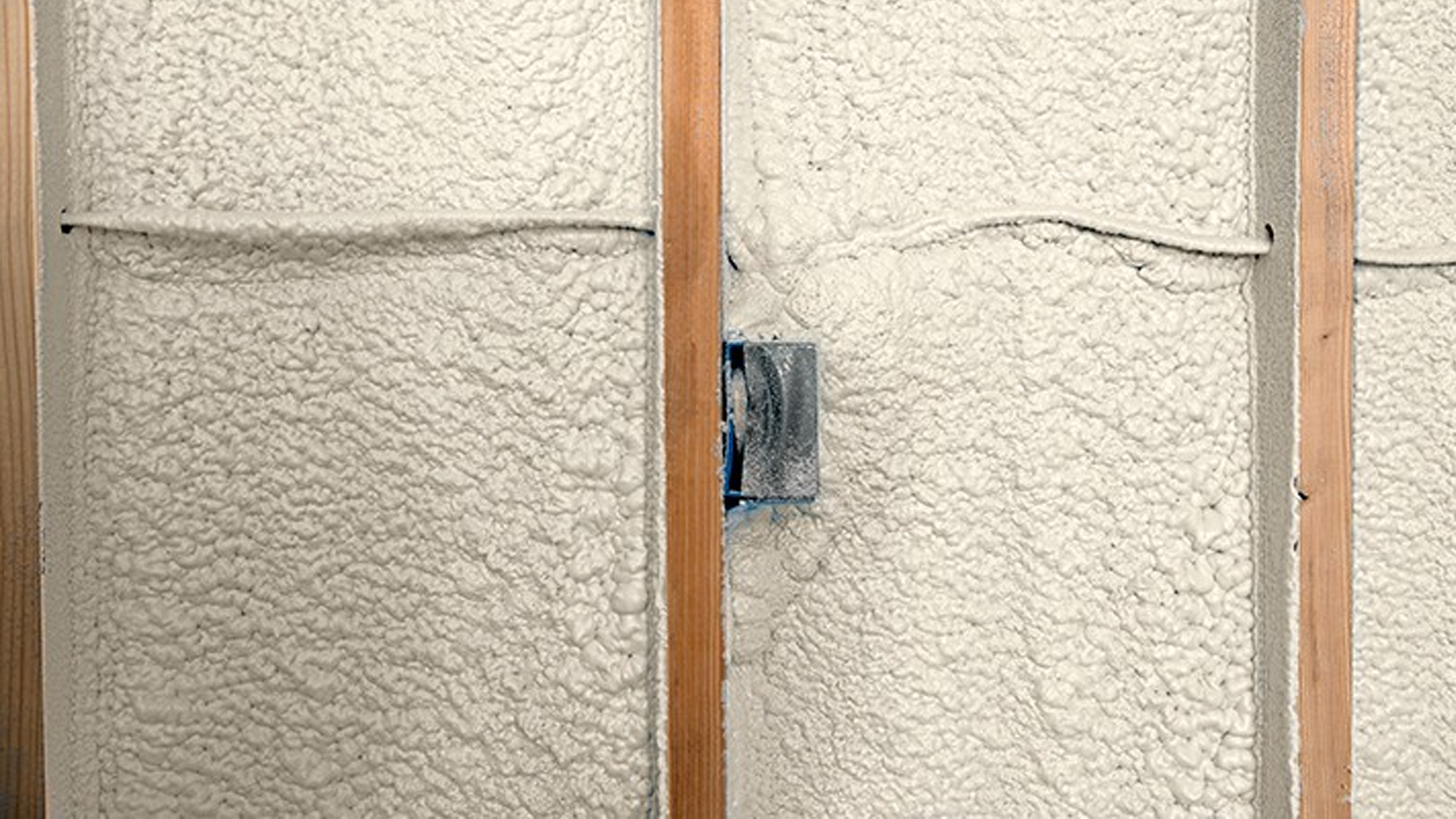 Differences Between Open Cell And Closed Cell Polyurethane Spray Foam Johns Manville
Differences Between Open Cell And Closed Cell Polyurethane Spray Foam Johns Manville
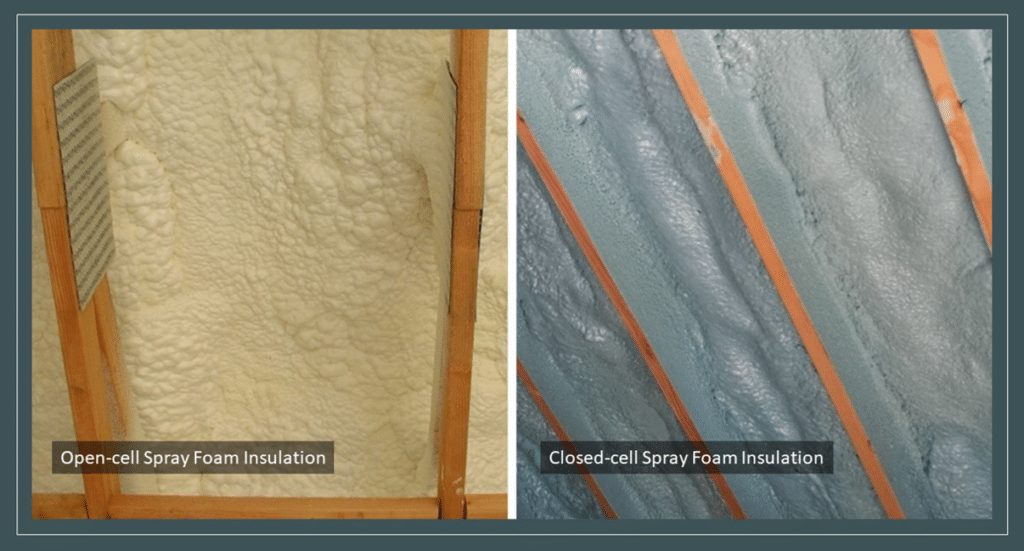 Spray Foam Insulation Used In Las Vegas Residential Custom Wine Cellar Construction
Spray Foam Insulation Used In Las Vegas Residential Custom Wine Cellar Construction
 Spray Foam Closed Cell Vs Open Cell Nc Foam
Spray Foam Closed Cell Vs Open Cell Nc Foam
 Video Review Difference Between Open Cell And Closed Cell Foam Insulation Spray Foam Youtube
Video Review Difference Between Open Cell And Closed Cell Foam Insulation Spray Foam Youtube
Dissecting Open Cell Vs Closed Cell Foam Second Skin Audio
Types Of Spray Foam Insulation New Orleans Spray Foam Insulation Co
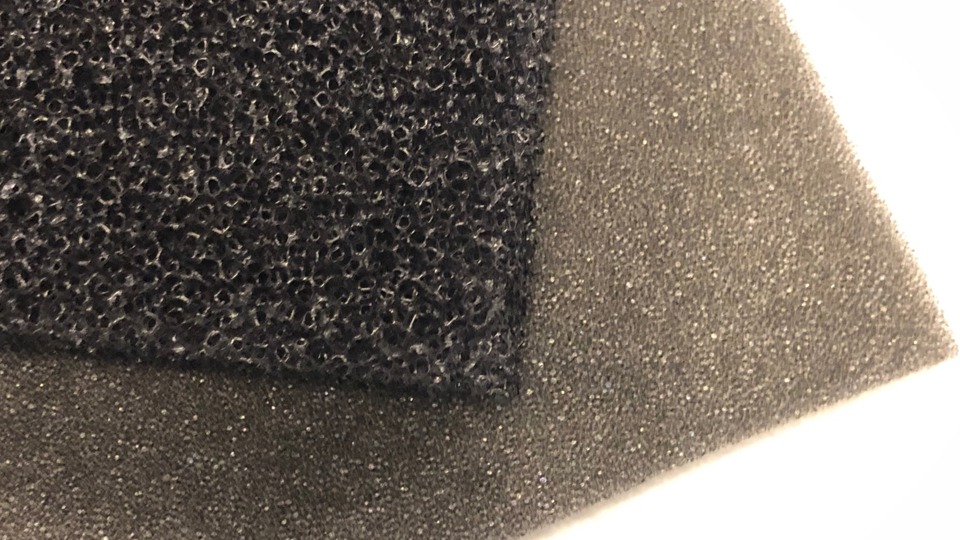 Open Cell Closed Cell Foams Keys To Making The Right Selection Jbc Technologies
Open Cell Closed Cell Foams Keys To Making The Right Selection Jbc Technologies
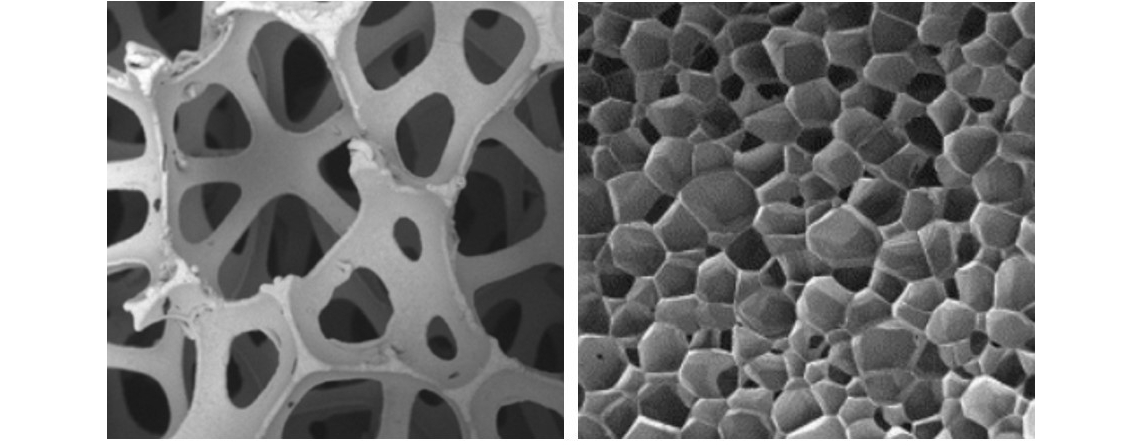 Spray Foam Open Cell Vs Closed Cell Johns Manville
Spray Foam Open Cell Vs Closed Cell Johns Manville
 Closed Cell Foam Vs Open Cell Foam
Closed Cell Foam Vs Open Cell Foam
 Comparison Of An Open Cell Foam O1 Top Part And A Closed Cell One Download Scientific Diagram
Comparison Of An Open Cell Foam O1 Top Part And A Closed Cell One Download Scientific Diagram
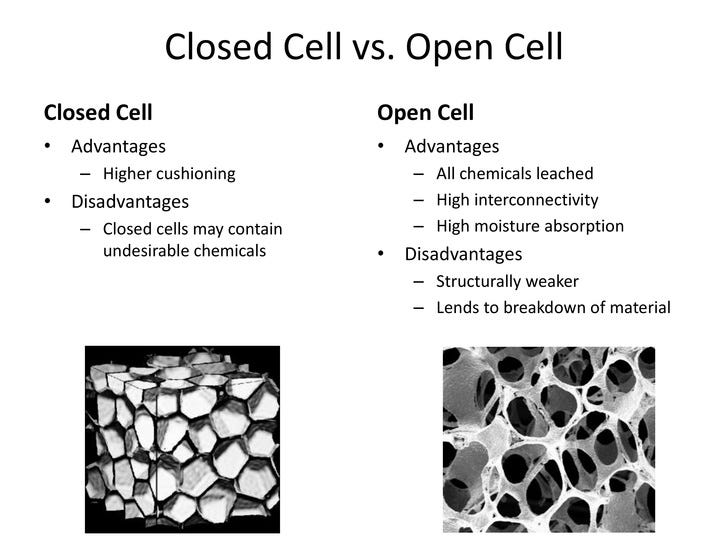
Comments
Post a Comment